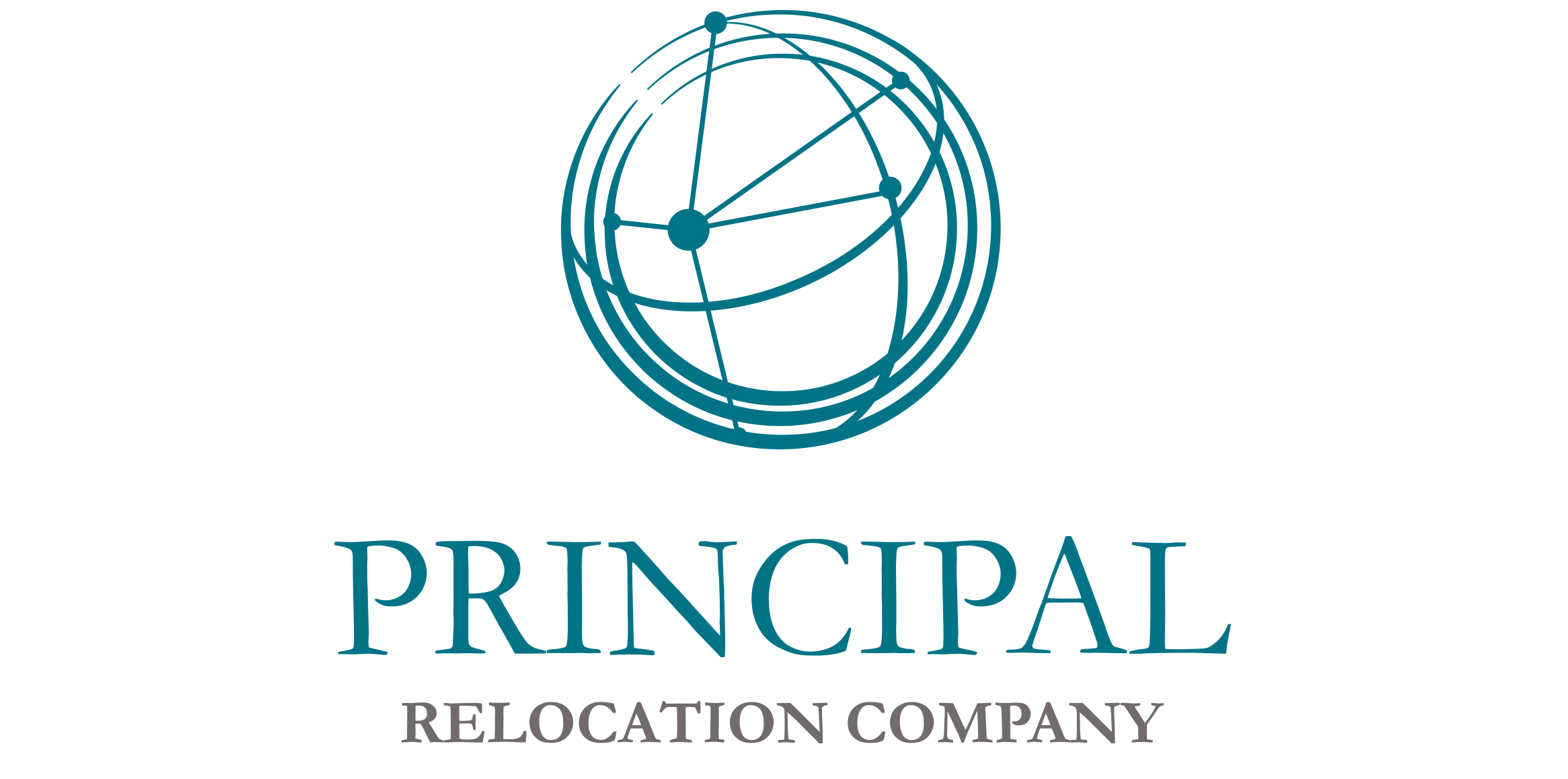
01 Jun Cloud-based automation increases revenue and profitability
Companies that use cloud technologies to automate the processes of their legacy IT applications and functions are gaining significant competitive advantage over organizations lagging behind in this area.
In fact, 75% of the so-called fast movers (companies that are already highly automated) have noticed an increase in revenues and profitability, while 80% say that the agility of their organization has improved. This is what emerges from the recently published report by Capgemini and Sogeti titled The Automation Advantage: Making Legacy IT Keep Pace With the Cloud, based on the interviews of 415 IT managers of companies with large legacy infrastructures distributed in eight countries, regarding the benefits that the application of cloud automation has on the processes of IT functions. Leading companies consider cloud-based automation more than just a cost-cutting or efficiency-enhancing exercise: 75% of fast movers have tested this type of automation to innovate their business models. More than 8 out of 10 companies reported obtaining benefits in terms of customer experience.
Seventy percent of managers identify the absence of skills as being one of their main current challenges and, therefore, companies must be able to employ the best talent available to them for the performance of tasks that deliver maximum business value. The use of cloud technologies for the automation of legacy IT applications and functions is facilitating this process, offering highly qualified engineers more time to work on more profitable projects: 59% of fast mover companies have relocated their staff to activities with greater added value. For these organizations, one of the priorities was to eliminate monotonous tasks by automating 73% of the application test processes, a percentage almost 4 times higher than that of the follower companies.
Despite the obvious benefits, companies are slowing the process of automating legacy IT functions due to IT security concerns. Concerns about security (27%) and data privacy (19%) are cited by companies as the most difficult obstacles to overcome in the transition to the automation of IT function processes, a trend that has been observed both among fast mover and follower companies. This issue is now in the spotlight more than ever due to the entry into force of the GDPR May 25 legislati

